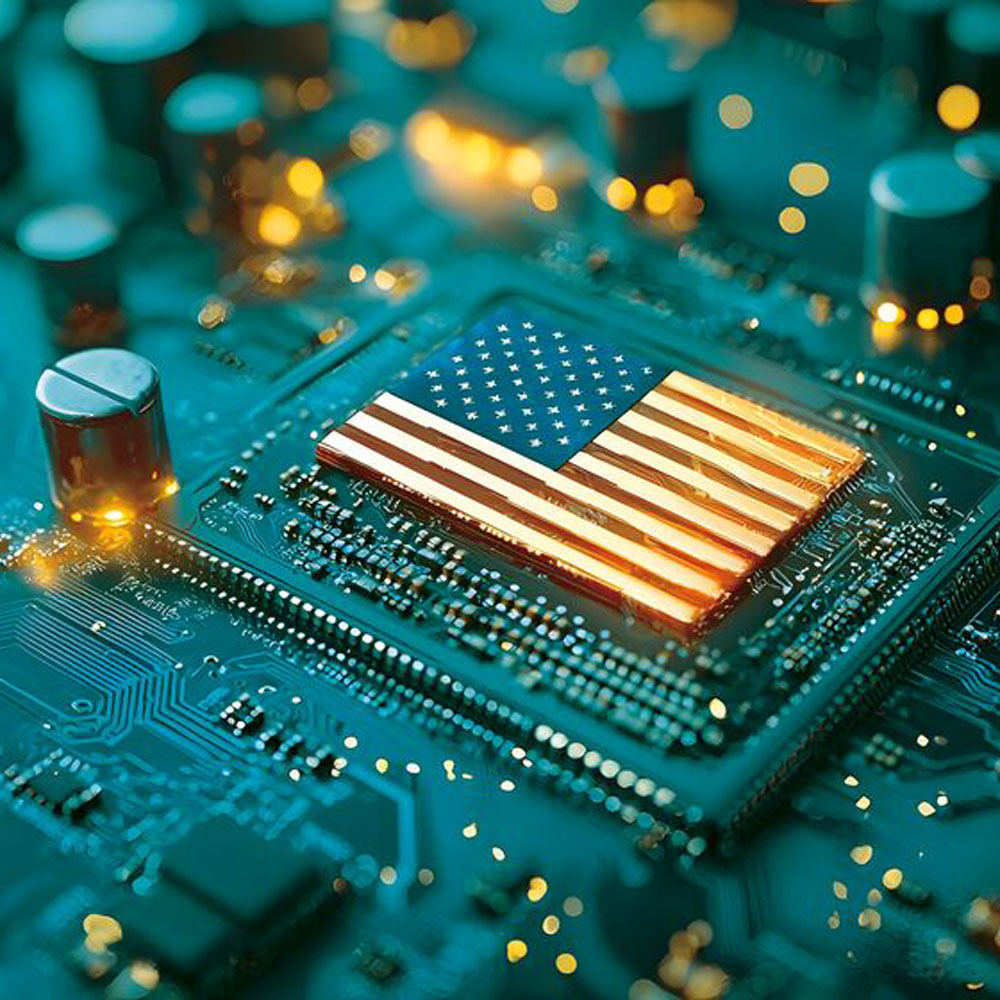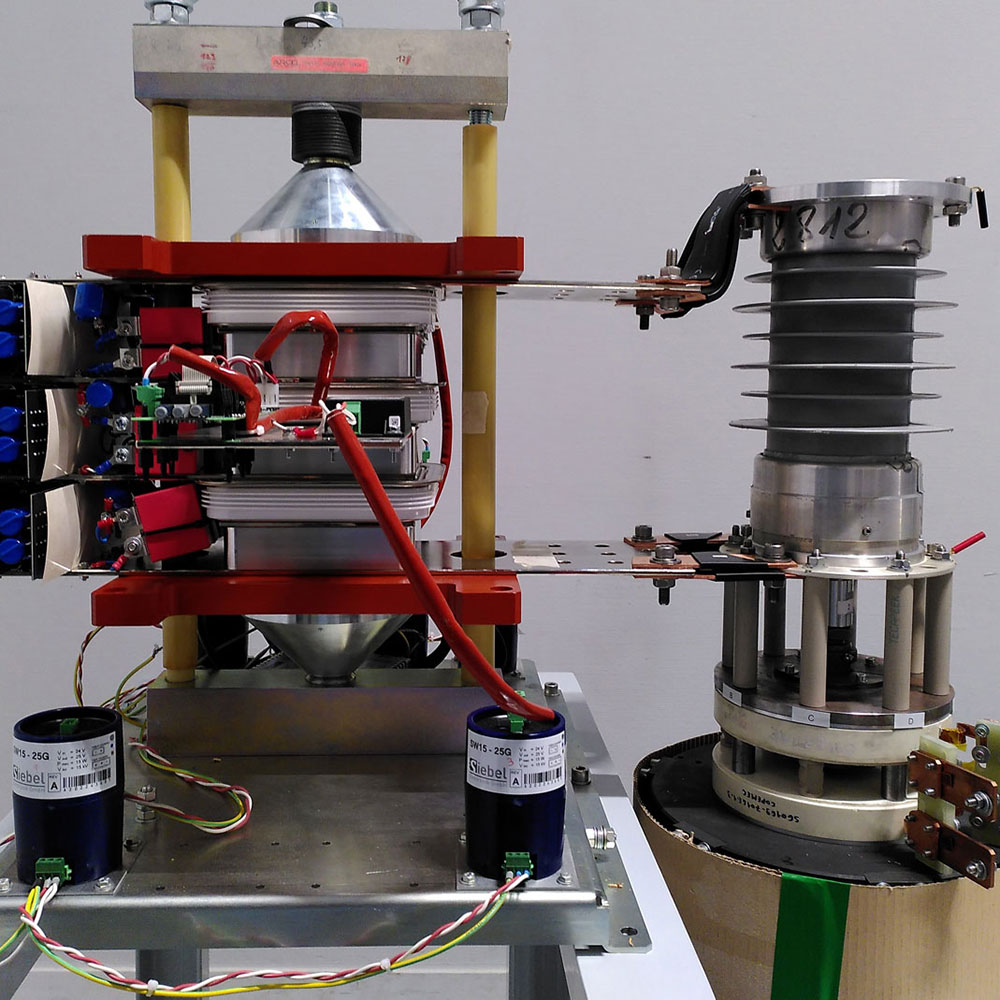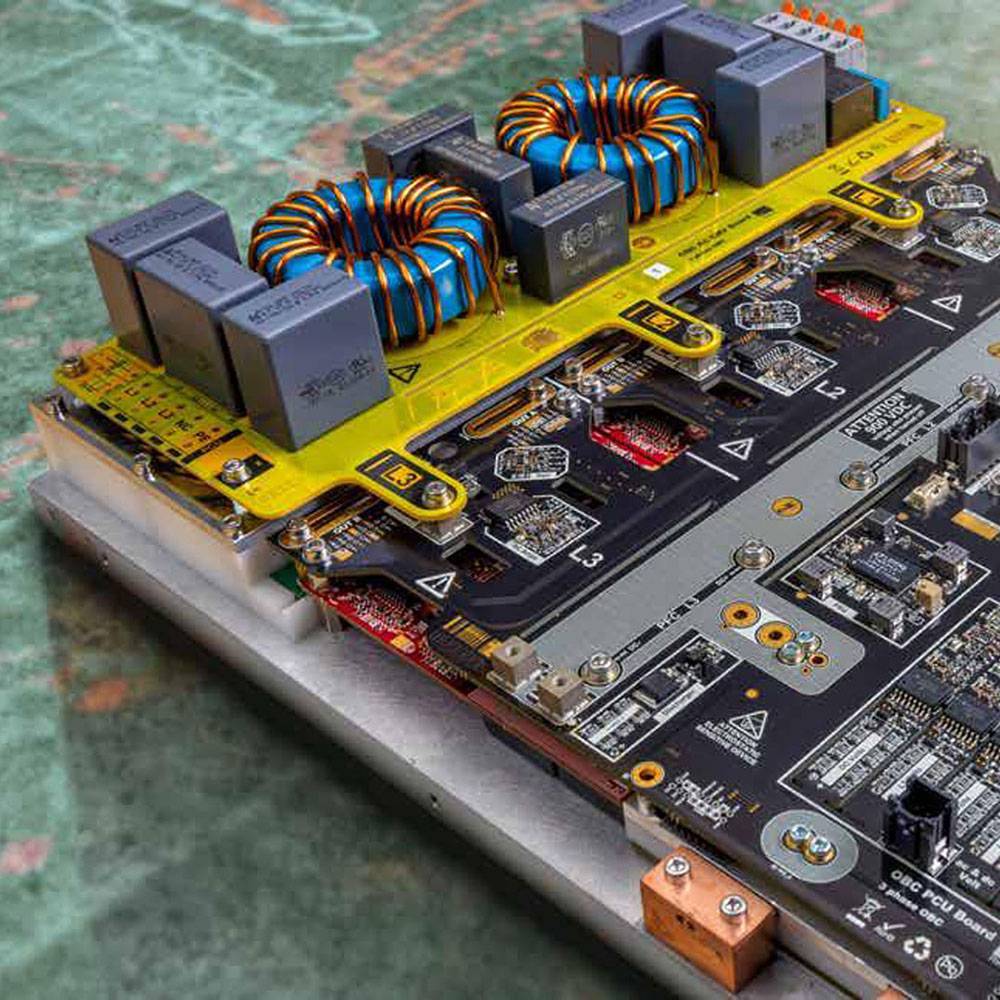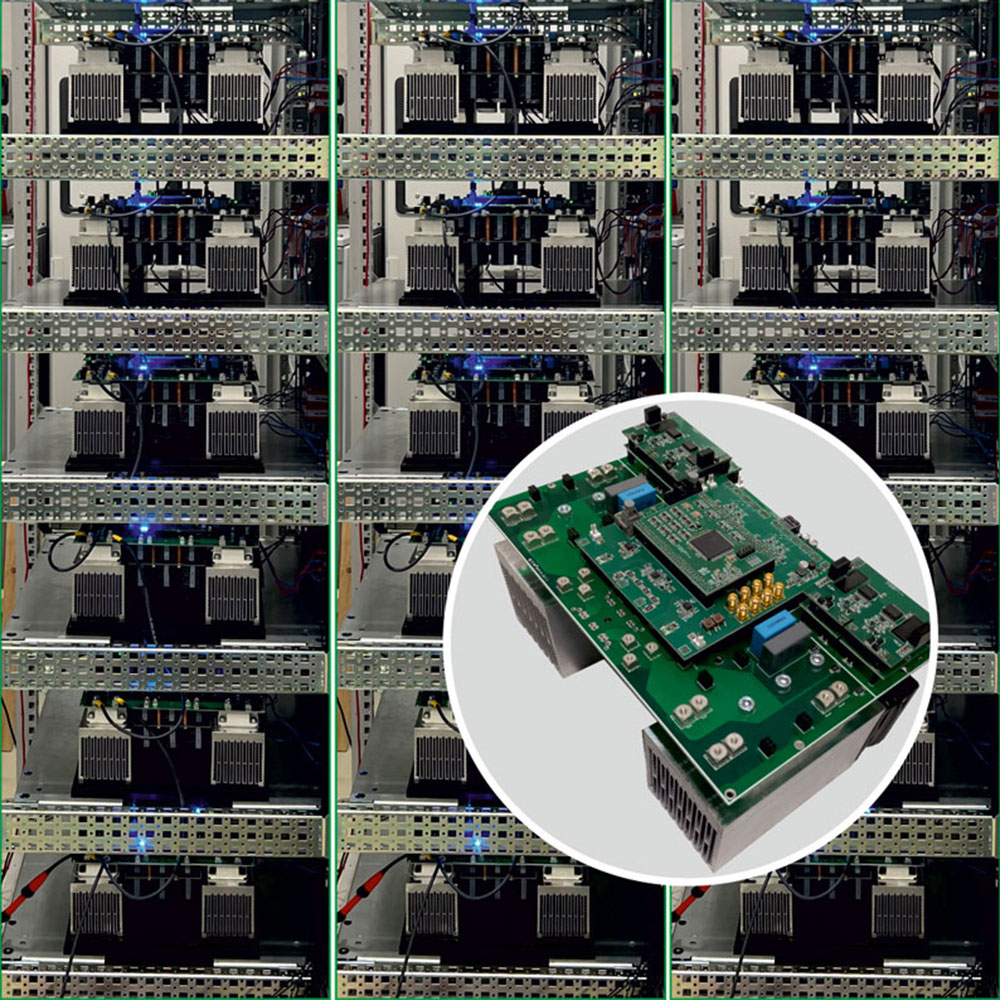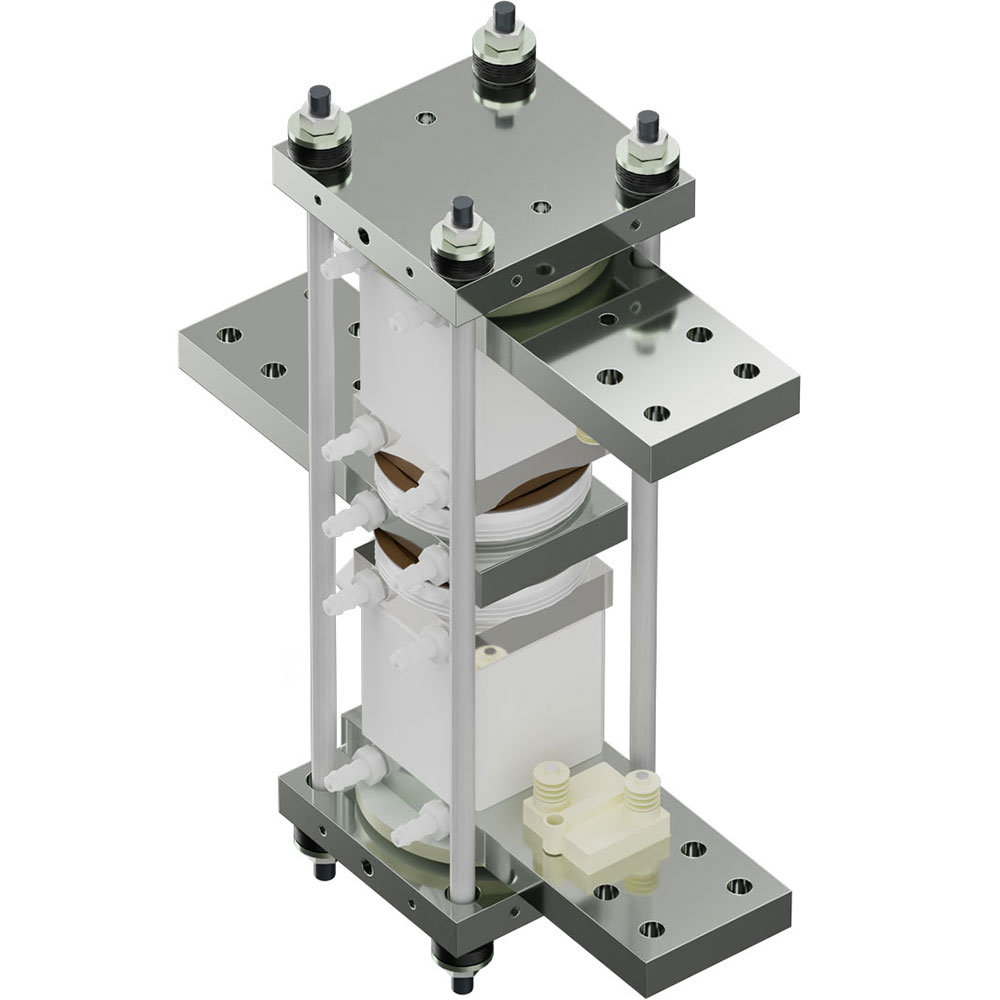O. Univ. Prof. Dipl.-Ing. Dr. techn. Manfred Schrödl, Director of the Institute for Energy Systems and Electrical Drives, Technical University, Vienna, Austria
Focussing on intelligent motor efficiency
Some of the answers to the challenges facing electrical motors mean reevaluating the advan-tages of long-known technologies. Reluctance motors, for example, have been known for over 100 years. These either use no magnets, or have rotors that use inexpensive ferrites that are more readily available than the rare earth materials used in permanent magnet motors. Though they are not as compact or efficient as permanent magnet motors, reluctance motors are slightly smaller and significantly more effi-cient than induction motors, through slip-free, synchronous running. And because the rotors of reluctance motors aren’t conducting cur-rent, they need less cooling. This makes them a good option for replacing induction motors in industrial applications.
Beyond the choice of motor, optimizing efficiency also needs to be tackled at a system level. An example would be running a pump at a constant speed, and using a valve to reg-ulate the flow. An equivalent result could be achieved by controlling motor speed, where – although the control is more complicated –energy can be saved. A lot of factors have to be balanced, from investing more in efficient motors and elaborate control systems, to offsetting the lower running costs over the lifetime of the system.
Trade-offs in improving inverter efficiency
The efficiency of a system is also influenced by the switching losses in the inverter. Reducing these can be achieved by faster switching times. Silicon carbide or gallium nitride can reduce the losses (and the resulting heat) by an order of magnitude compared with silicon. The trade-off here is the affect that this can have on the reliability of the motor.
The voltage reflections at the motor terminal at quicker rise times can result in over-voltages that cause cascading channels of charge. Over time this damages the insulation of the motor. It also causes a capacitive effect in the motor windings – because of the affect the flow of charge has on the inductance between the terminals, and between the winding and the housing. Though this might only be for a few microseconds each cycle, it impacts the linearity of the voltage distribution in the winding, which over time damages the first winding in particular.
This is a new challenge when using these fast-switching semiconductors, which impacts the design of the system: to optimize the rise time to avoid damage, or by boosting the insulation of the motor to cope. While the increased cost of fast-switching inverters is probably an economic problem for industrial applications, the benefits can make a difference in E-Mobility solutions.
Flexibility for supply chain issues
Designing drives and systems today is also fur-ther complicated by supply chain issues. Apart from state control of access to (and the subse-quent cost of) rare earth materials, or materials like cobalt that mostly come from politically unstable regions, there are the repercussions of transport disruptions – such as the effects of the Ever Given blockage of the Suez Canal in 2021. It can be worth building flexibility into solutions, whether this is by using commonly available ferrites in reluctance motors, or en-suring a system controller is not contingent on a processor that is only available from a single source.
This was at the root of the change in the European automotive industry after China restricted access to rare earth metals in the 2010s. Even though those material prices are now lower again, having developed classical synchronous machines with field windings, or induction machines with copper cages – in parallel to permanent magnet drives – means these companies can react to the changing parameters of global trade as necessary
Being able to recycle the materials – apart from the environmental benefit – can also contribute to resource independence. Volkswagen, for example, are planning recyclability of battery sys-tems to reuse as input materials in following manufacturing generations.
Going sensorless
It might seem that everything to do with motor and system design is getting more compli-cated with increasing demands for efficiency and for flexibility to counter potential supply chain issues. But there are also trends that can simplify development. Improved mathematsensors from motors and drive systems. This is something that the TU Vienna has been working on for the last 30 years, and which has been used in product applications since 2010.
Depending on the needs of the application, the result doesn’t only have the advantage of eliminating sensors, such as expensive tachometers or position encoders, it can also remove the need for test pulses. The outcome is motors that can be much quieter, as well as being more compact, and without having to solve for EMC in sensor cables. Without mechanically complicated instruments, robust control of sensorless motors has also been achieved, even in highly dynamic processes.
Perspectives in E-Mobility
Many of the other trends in E-Mobility are driven by changes in storage technologies, such as the shift from lithium-based to natrium-based technologies. Natrium-based batteries have the benefit of a cheaper, more widely available material, though development is still at an early stage and power densities are low. There are also ceramic-based, solid state batteries, which are inflammable, and thus can withstand higher currents for much faster charging. However, batteries remain the most expensive components in electric vehicles This makes the efficiency of the motors and inverters even more important. Every reduction in energy consumption reduces the battery size needed, keeping the cost of the whole system under control. This is what makes SiC and GaN inverters so interesting for EV applications.
Another motivation in E-Mobility is to reduce sizes, to minimise the compromises to overall vehicle packaging. One impact of such compactness is cooling difficulties, pointing the way to the greater use of liquid coolants. Though this increases complexity, it also creates the opportunity for better control of the excess motor and inverter heat, for example, to warm the battery in colder climates or conditions.
The challenges for intelligent motion, especially in combination with new power electronics devices, materials and production processes, continue to throw up interesting opportunities.
The previous content is supported by our partners.

